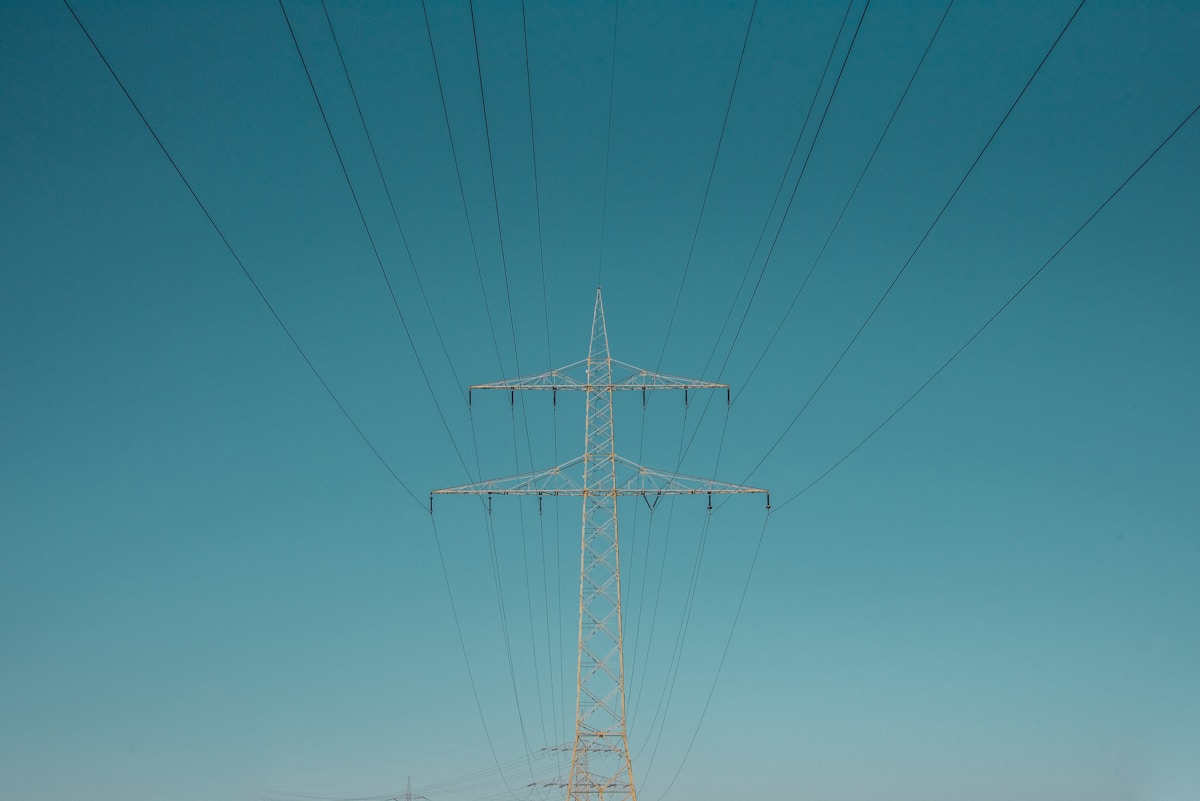Back to Industry News
Cleantech
HVDC Technology Supports Europe's Renewable Energy Goals
Summary generated with AI, editor-reviewed
Heartspace News Desk
•Source: Enlit

Photo by Sven Mieke on Unsplash
Key takeaways
- To meet 2050 climate neutrality goals, the European Commission prioritizes renewable energy integration
- High-voltage direct current (HVDC) transmission emerges as a crucial technology for efficiently moving electricity across Europe
- Traditional alternating current (AC) systems face limitations in handling the influx of variable renewable sources
To meet 2050 climate neutrality goals, the European Commission prioritizes renewable energy integration. High-voltage direct current (HVDC) transmission emerges as a crucial technology for efficiently moving electricity across Europe. Traditional alternating current (AC) systems face limitations in handling the influx of variable renewable sources.
An article published October 10, 2025, highlights HVDC's potential to enhance grid reliability and resilience. Tailored HVDC configurations and integration strategies can improve grid flexibility, enabling better management of fluctuating energy demands. The HVDC-WISE project develops advanced tools for system operators to design and manage hybrid AC/DC grids. These tools aim to optimize energy flow and minimize transmission losses.
HVDC technology facilitates the integration of renewable energy sources and strengthens cross-border energy trading. By reducing energy waste and enabling efficient power transfer, HVDC contributes to a more interconnected and effective European energy market. This advancement supports a sustainable future for the European power grid by improving its capacity to handle renewable energy.
Related Topics
HVDCrenewable energyEuropean Commissionenergy gridtransmissionclimate neutrality
Want coverage like this for your company?
Local & industry wins build trusted proof, SEO/geo signals and prime national editors.
Check fit (2 min)